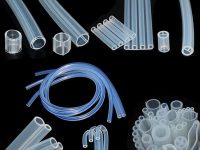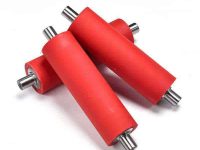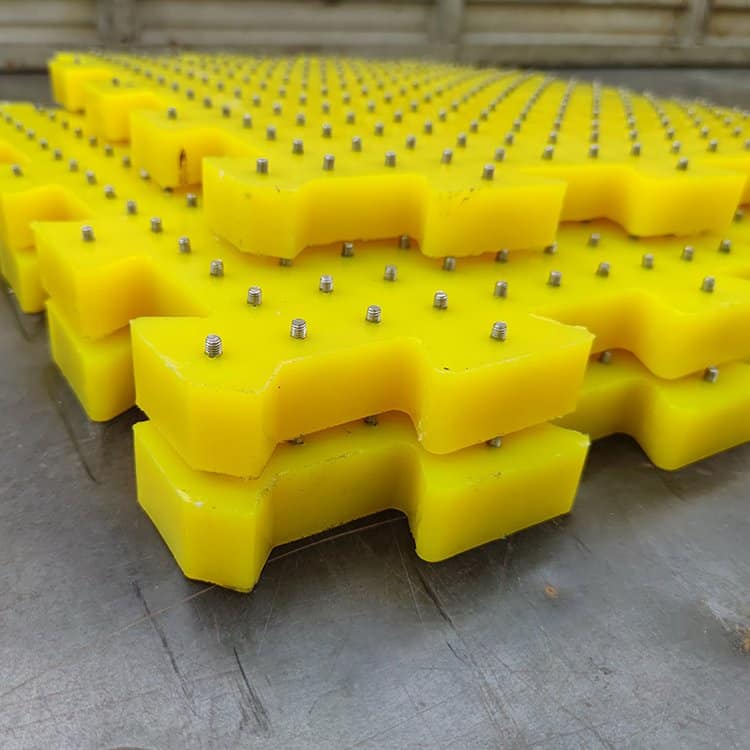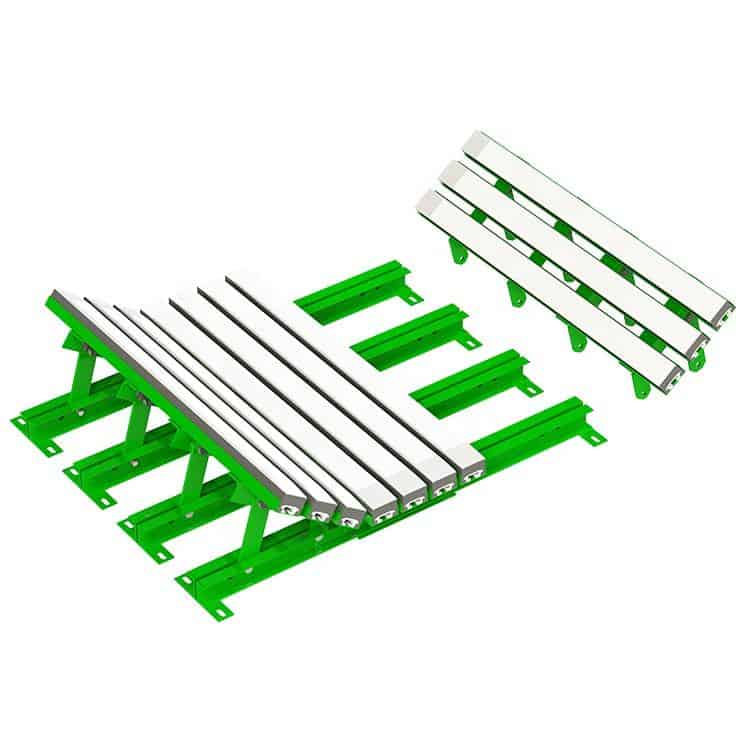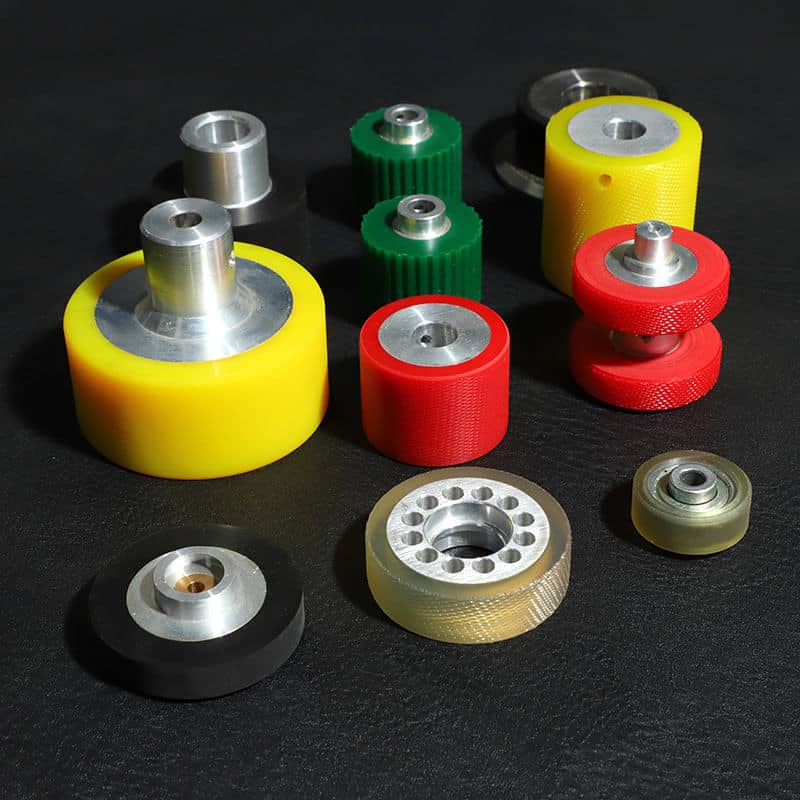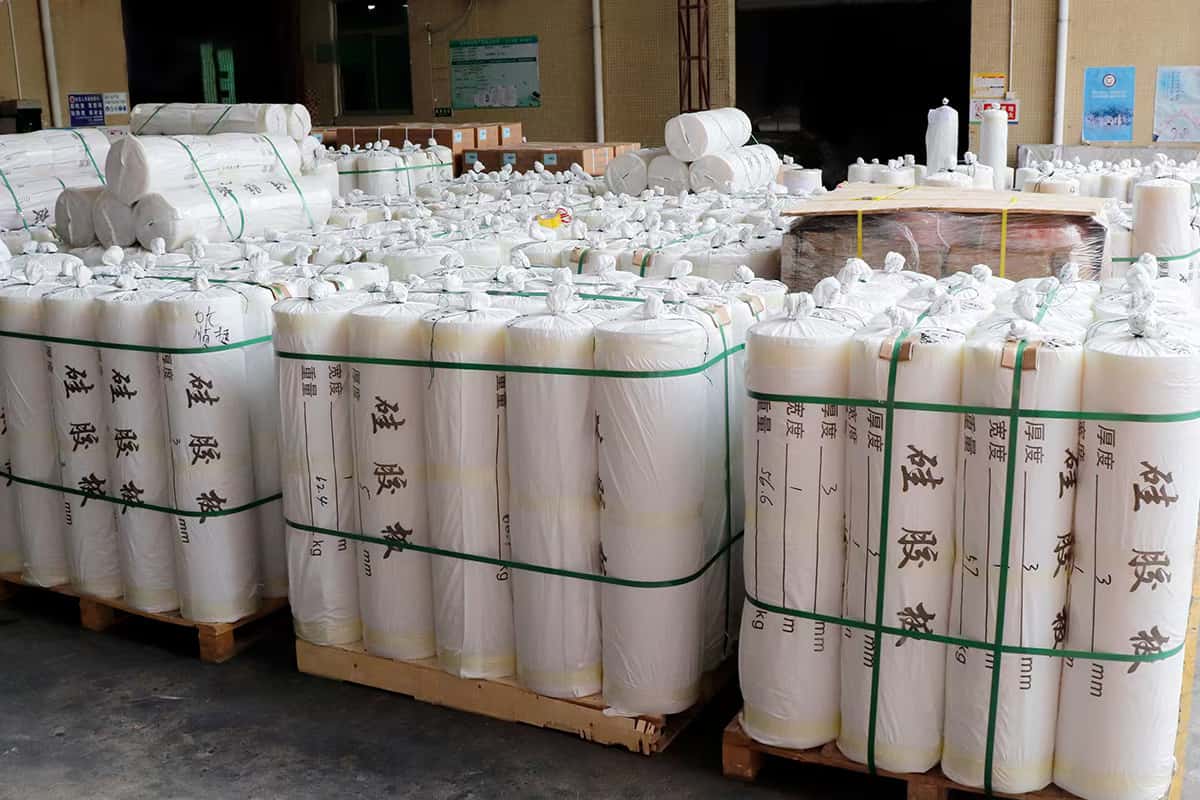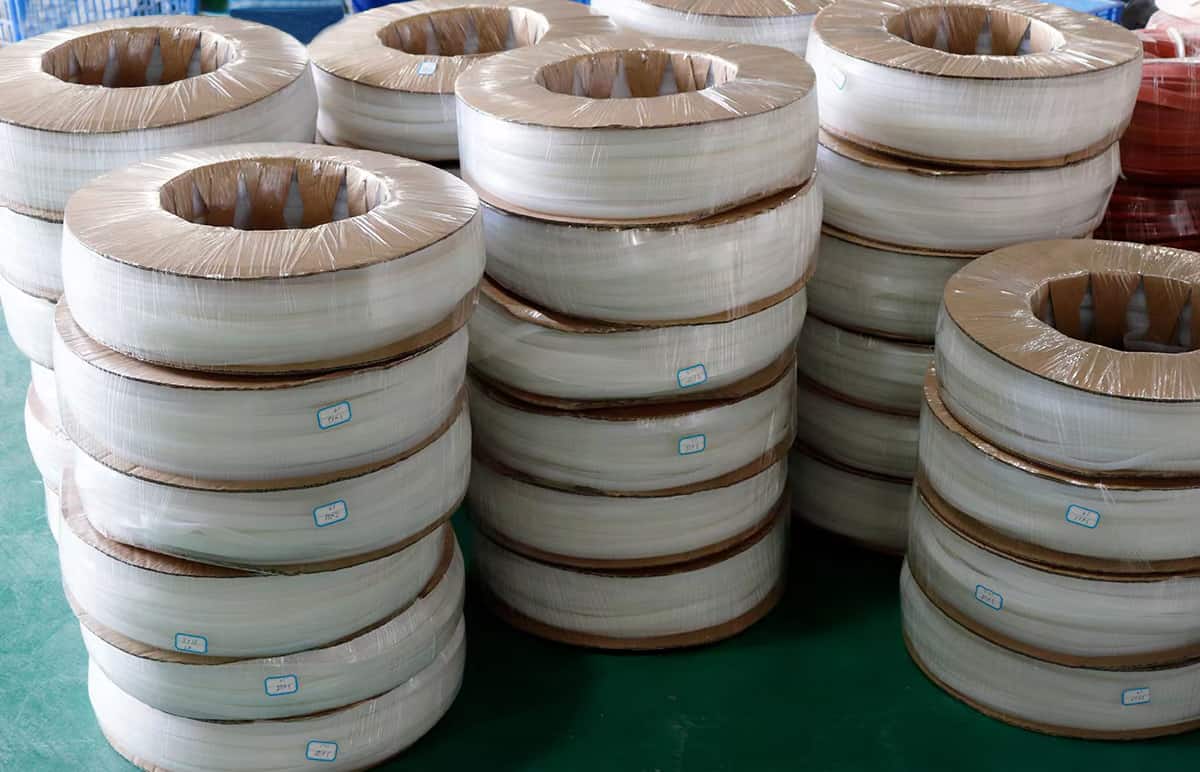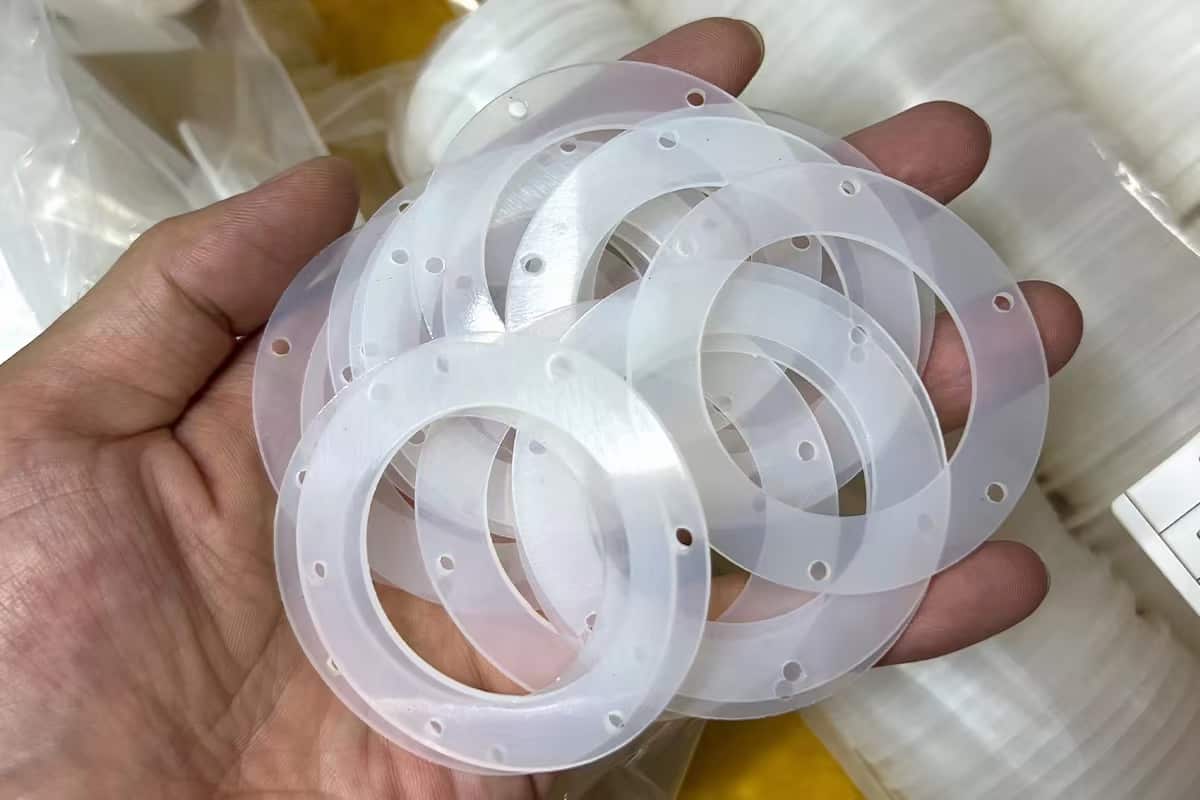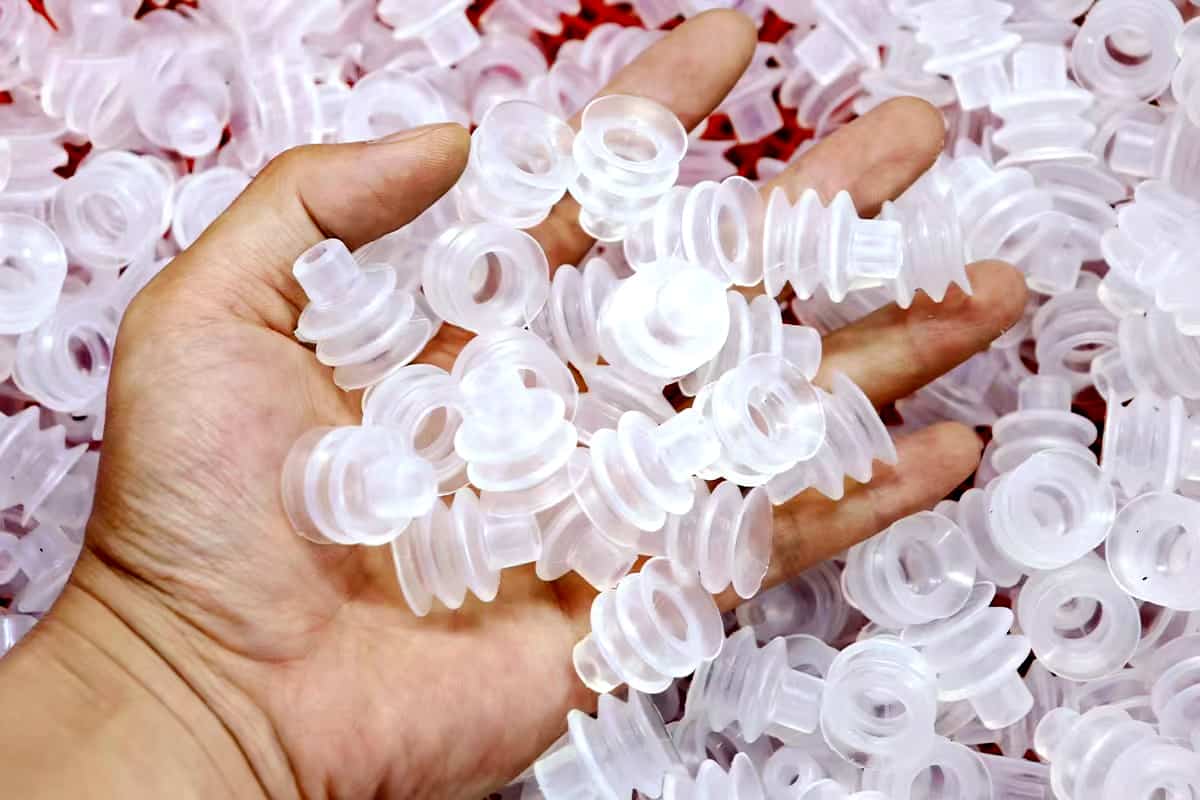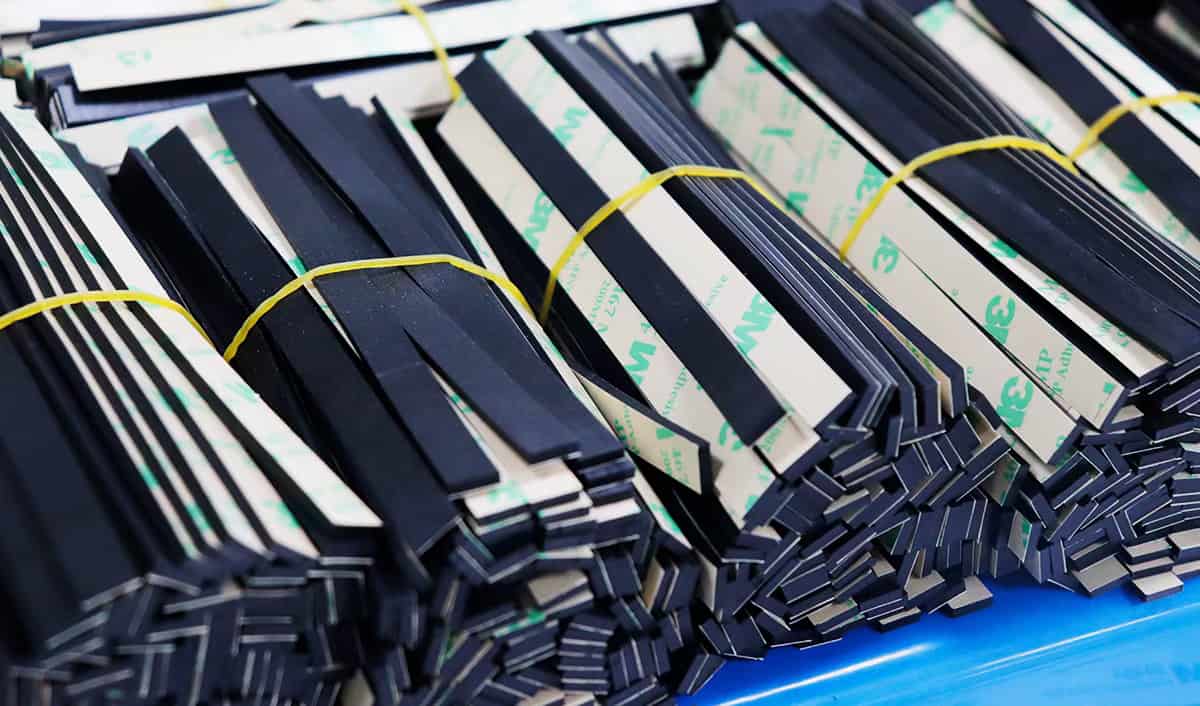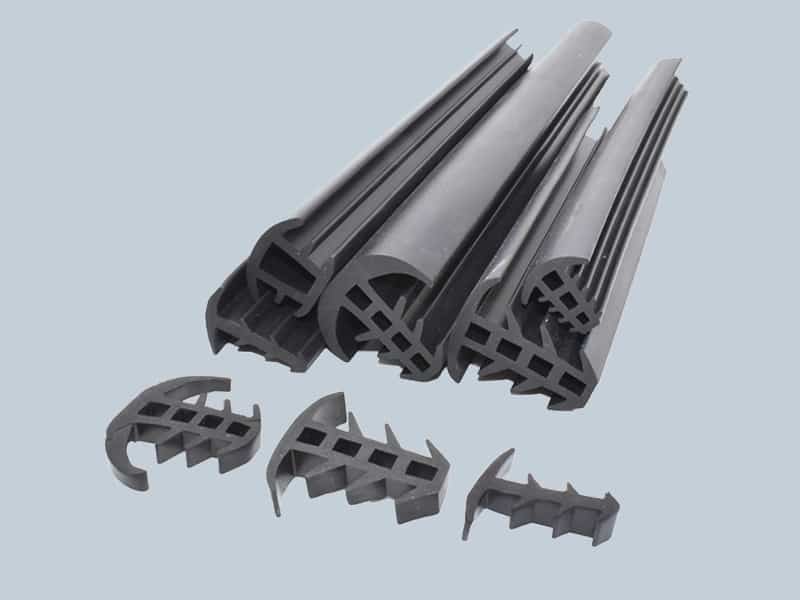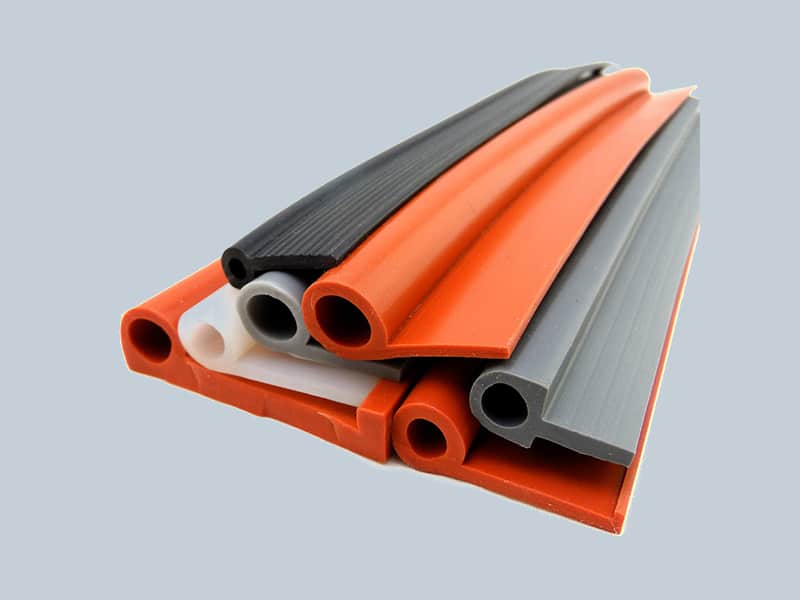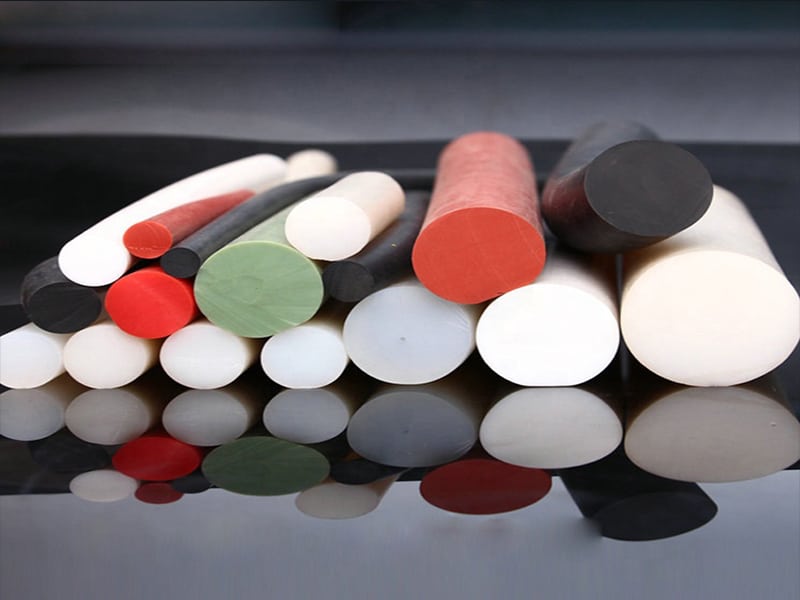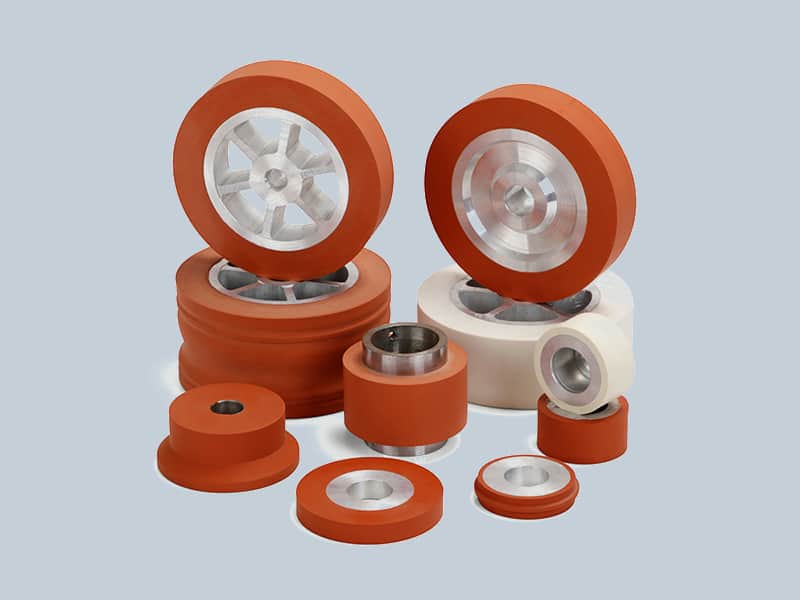If you’re looking for a durable, long-lasting material for your next project, you might be wondering if silicone rubber or tpe is the right choice. Both materials have their benefits and drawbacks, so it’s important to weigh your options carefully before making a decision. Here’s a quick overview of each material to help you make an informed choice.
What are silicone rubber and TPE?
Silicone rubber and TPE are both elastomers, meaning they are rubber-like materials that can be molded and shaped. They are both used in a variety of applications, from cookware to phone cases to medical devices.
So, what is the difference between silicone rubber and TPE? Silicone rubber is made of silicone, a synthetic polymer. TPE is made of thermoplastic elastomers, which are a combination of plastics and rubbers.
What are the key differences between silicone rubber and TPE?
There are several key differences between silicone rubber and TPE. Silicone rubber is a synthetic rubber made from silicone, while TPE is a thermoplastic elastomer. Silicone rubber has good heat resistance and weather resistance, while TPE does not. Silicone rubber is also generally more expensive than TPE.
What are the advantages and disadvantages of silicone rubber?
There are many different types of polymer materials available on the market today, each with their own unique set of properties and applications. Two of the most popular materials used in a variety of industries are silicone rubber and thermoplastic elastomers (TPE). In order to determine which material is best suited for your needs, it is important to understand the key differences between these two polymers.
Silicone rubber is an inorganic synthetic rubber composed of silicone atoms and oxygen atoms. This material is known for its resistance to extreme temperatures, UV light, ozone, and oxygen. Additionally, silicone rubber has excellent resistance to water and moisture, making it ideal for use in applications where contact with water is likely. One downside to silicone rubber is that it can be pricey compared to other polymers.
Thermoplastic elastomers (TPE) are a class of copolymer materials that exhibit both thermoplastic and elastomeric properties. TPEs can be molded and shaped like thermoplastics, but they have the elasticity of rubbers. This makes TPEs an ideal choice for applications that require both flexibility and durability. TPEs are available in a wide range of hardness levels, making them suitable for everything from soft toys to hard-shell cases. However, TPEs can be difficult to recycle due to their blended nature.
What are the advantages and disadvantages of TPE?
TPE is a class of thermoplastic elastomers containing both rubber and plastic properties. TPE products have many advantages over traditional rubber products. They are often more durable, with greater tear and abrasion resistance. Theyalso resist most oils, chemicals, UV light and extreme temperature changes better than rubber. TPEs melt and flow like plastic, so they can be injection molded or extruded in continuous lengths like rubber tubing. And, like rubber, TPEs can be molded into nearly any shape imaginable.
The main disadvantage of TPEs is their lower thermal stability compared to other elastomers. They can become brittle at low temperatures and may degrade at high temperatures. These temperature extremes can cause parts to warp or distort.
When is silicone rubber the best choice?
Though both TPE and silicone rubber are excellent choices for a variety of applications, there are certain situations where silicone rubber is the better option.
If you need a material that can withstand high temperatures, then silicone rubber is the way to go. It can withstand temperatures up to 400 degrees Celsius, making it ideal for applications where heat resistance is key.
In addition, silicone rubber has excellent resistance to UV light and ozone, making it a good choice for outdoor applications. Finally, silicone rubber has great electrical insulating properties, making it ideal for use in electrical components and devices sheet.
When is TPE the best choice?
TPE offers a number of advantages over silicone rubber, including:
– Better resistance to UV and ozonation
– Greater flexibility and elasticity
– Better abrasion resistance
– Lower cost
However, there are also some disadvantages to using TPE, including:
– Poorer tear strength
– Poor resistance to high temperatures
– Limited color options
How to choose between silicone rubber and TPE?
If you need a durable, heat-resistant material for your project, you may be wondering whether to use silicone rubber or TPE (thermoplastic elastomer). Both materials have their advantages and disadvantages, so it’s important to choose the right one for your needs.
Here are some things to consider when making your decision:
- What is the temperature range of your project?
- What kind of mechanical properties do you need?
- What level of chemical resistance do you need?
- What kind of aesthetic do you want?
Conclusion
Silicone rubber has many benefits that make it ideal for a variety of applications. It is more compatible with the human body than other materials, making it ideal for medical devices tubes. It is also resistant to high temperatures, making it ideal for use in high-temperature environments. However, silicone rubber is not as durable as TPE and may not be suitable for applications that require a long lifespan.



